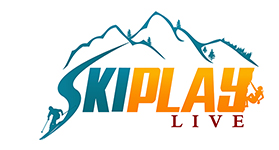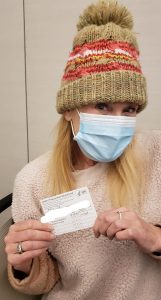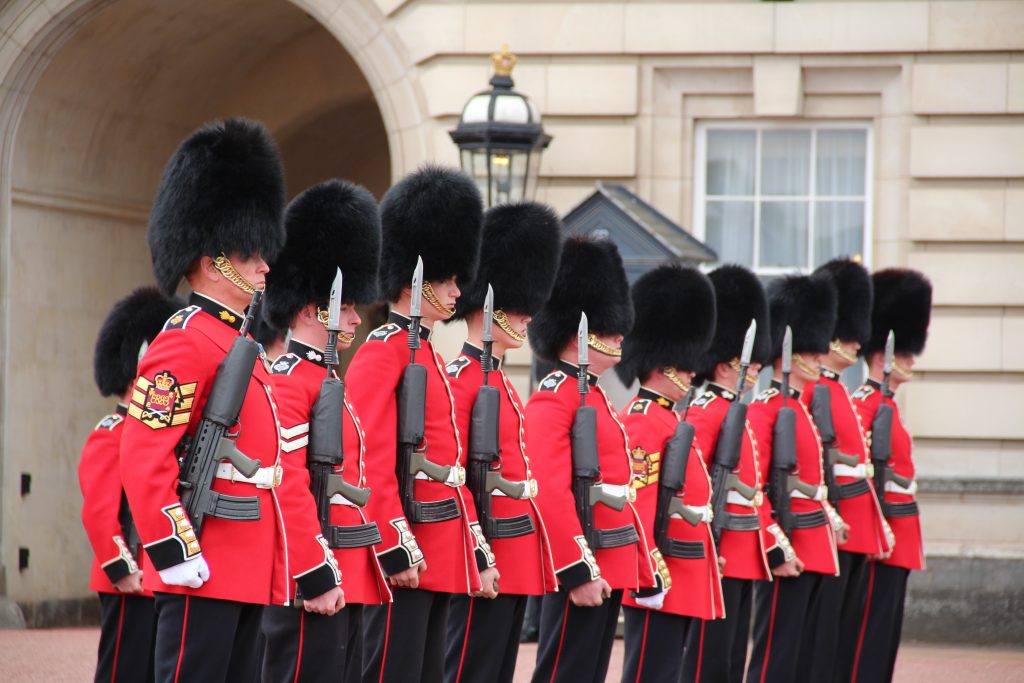Cool Pet Programs For National Dog Day

With National Dog Day just around the pond on August 26, We thought it would be cool to highlight some of the ways businesses are taking care of our four-legged friends with exciting new “paw-tastic” offerings and special programs.
HOTELS and MORE FOR YOUR DOG
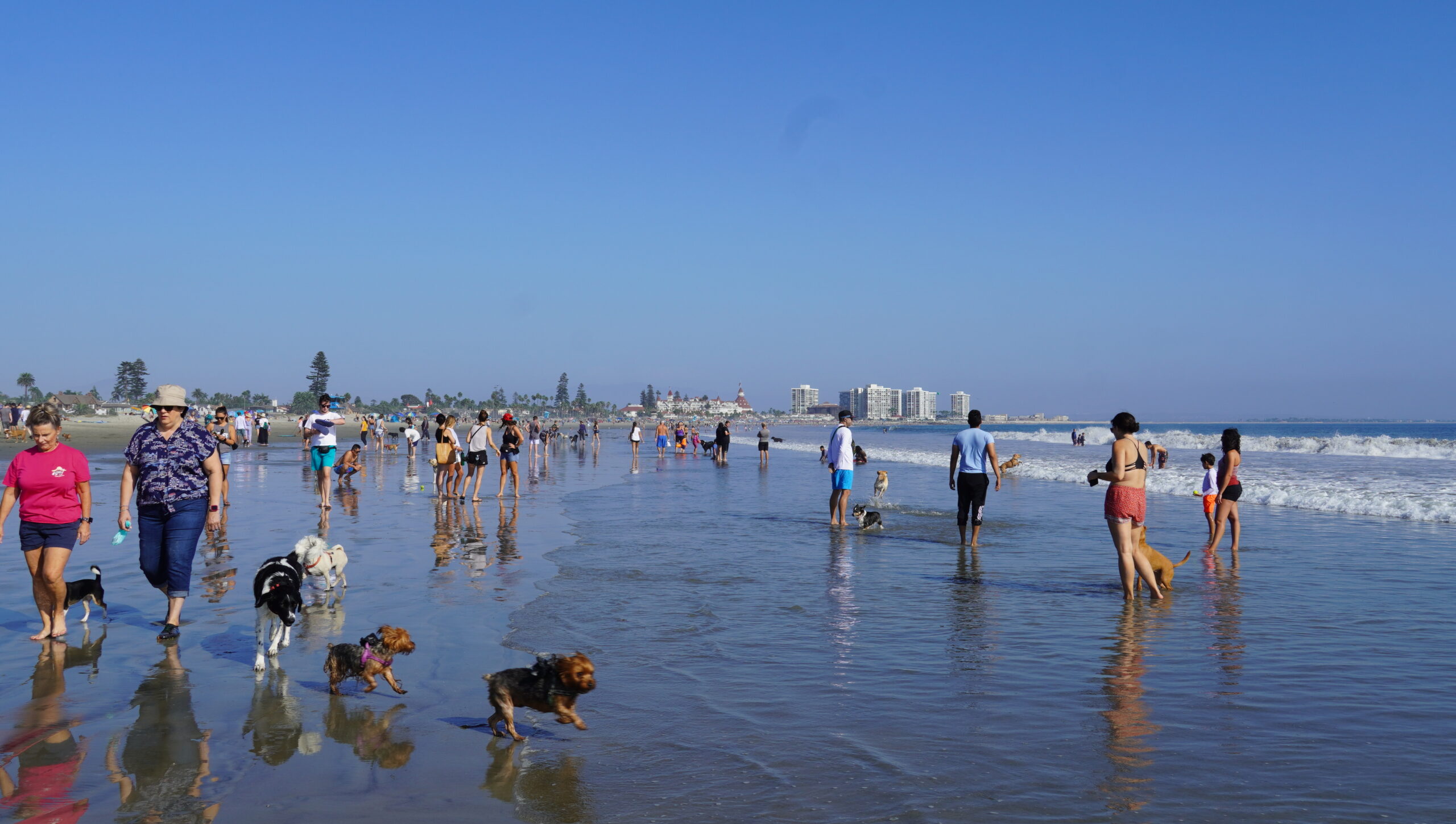
Pasea Hotel & Spa – Huntington Beach, CA
Dining is for the dogs this August. On Aug. 26, a special “Pawsea Puppy Hour” will be available from 3-7 p.m. on Tanner’s patio featuring specialty menu items like the “dog bowl” with chicken breast, veggies and brown rice, as well as homemade peanut butter and banana dog treats. Additionally, Pasea just launched a new pet package which features a three-course doggy meal, take home gifts like toys and leashes, a bed, waived pet fees and more. In addition to the special offerings for Dog Day, the property is conveniently located less than two miles from the famed Huntington Dog Beach where dogs can run leash-free. Guests can also enjoy access to the 1,100 square foot outdoor pup play area, outfitted with a lifeguard station dog house and decorated with a local artist-commissioned wall mural.
Boozehounds – Greater Palm Springs, CA

Boozehounds in Palm Springs is a new pet-friendly dining, bar and co-working concept featuring a vibrant design and a welcoming atmosphere with a unique food and beverage menu, including options for dogs. Opened just in time for the summer, pet-lovers can grab a happy hour cocktail or bite daily from 3-5 p.m. Boozehounds offers globally-inspired and locally influenced dishes including classics with a twist and daily fresh fish selections, with gluten-free and vegan options. Inspired by the restaurant’s proximity to the San Jacinto Mountains and the city’s access to the great outdoors, Boozehounds combines desert influences and midcentury design with a laid-back California Atmosphere.
Hotel Haya– Tampa, FL
One of the destination’s newest boutique properties, Hotel Haya embodies everything special about Ybor City’s exuberant Cuban, Italian, and Spanish influences. Up to two pets are allowed per room and upon request they will have treats, beds and bowls waiting. Tampa Bay has been called Florida’s most dog-friendly destination and for good reason. The city has the highest rates of dog parks per capita in the country, for example, Curtis Hixon Waterfront Park , Water Works Park, and Julian B. Lane Riverfront Park. There are also dog beaches including Davis Islands and a little farther south, Picnic Island that has space for picnics as well as pooches.
Crossroads Hotel– Kansas City, MO
Crossroads Hotel has tapped local artists and designers to share their talent and creativity throughout the hotel making it the perfect place to bring your stylish pup. Your pets will find a comfortable bed, treats and other amenities that will make this hotel the perfect place to call home for the night. Kansas City’s exceptional dog parks include West Terrace Dog Park in Downtown KC and Waggin’ Trail Off Leash Dog Park in North Kansas City. A must-visit is Bar K Dog Bar; it serves as a dog park, restaurant, coffeehouse and bar—a harmonious synthesis designed especially for people and their furry companions.
MC Hotel – Montclair, NJ
At the intersection of culture and community in the heart of Montclair’s thriving artistic community is the MN. With an impressive on-site art collection and home to the town’s only rooftop bar with stunning views of the Manhattan skyline, the MC Hotel has become a Northeastern hospitality icon. A stone’s throw from NYC, MC Hotel offers relief from the hustle and bustle of the city and provides a truly relaxing getaway. Be sure to visit the Brookdale Park that offers a separate small dog area, agility equipment, running water, waste bags, and gravel mulch.
Daxton Hotel – Birmingham, MI
The 151-room Daxton Hotel, located just 30 minutes north of Detroit, bring refined sophistication to the charming town of Birmingham incorporating some of the finest art, wellness, dining and retail that hospitality can offer. The luxury hotel pampers pooches with specially created dog treats from renowned Executive Chef Garrison Price. The Daxton, with its collection of over 400 original artwork curated by Saatchi Art from artists in over 40 countries, provides for an avant garde and sophisticated resting space for cultured pets. In addition to Chef Price’s artisanal treats, pets receive a bed and bowl as part of the $75 pet fee and can enjoy the many parks and Birmingham dog run just steps away.
The Wilson Hotel – Big Sky, MT

Don’t leave anyone behind the next time you’re traveling to Big Sky. At The Wilson Hotel, the pet-friendly guest rooms are built with the comfort and safety of both you and your furry friend in mind. With vast forests, towering mountains, and never-ending outdoor activities, make this the perfect spot for your pup. The hotel is conveniently located near many top-notch parks and trails including Yellowstone National Park. The Dog Days in the Mountains Package includes a doggie arrival welcome amenity, with treats, a chewing toy, a rawhide bone, a travel water bowl, an exclusive Wilson Hotel bandana, pick-up bags, and the use of a dog bed during your stay and a $10 gift certificate to Beehive Basin Brewery for yappy hour – dog friendly, of course! They also offer maps featuring local dog-friendly hiking trails and cross-country skiing trails. $25 of your nightly rate will go towards Stafford Animal Shelter in Livingston, MT.
Detroit Foundation Hotel – Detroit, MI
After opening its doors to guests in 2017, the Detroit Foundation Hotel in downtown Detroit has been regarded as a catalyst for the city’s resurgence and culinary prominence. A pet friendly hotel, the Detroit Foundation Hotel welcomes all pets and service animals, ensuring guests with furry friends have an unforgettable experience. In fact, the hotel is just steps away from the Detroit Riverwalk that stretches more than three miles along the scenic Detroit River, making it an ideal recreation spot for those on four legs or two! Visiting the revitalized Motor City is a treat for pups and people alike as Detroit has something to offer everyone. Take a dog walk down the Detroit Riverfront Conservancy for five miles of river views, join the cult behind the beloved regional favorite Coney Dog, or take a visit to the pooch-friendly Belle Isle, the 982-acre island park with stellar views of the Detroit skyline.
Hewing Hotel – Minneapolis, MN
The reclaimed former farm implement warehouse and showroom is located in the bustling North Loop neighborhood of Minneapolis. Paying homage to the Minnesotan setting, the rustic and refined meld together with exposed timber and brick, tall ceilings and original industrial elements mixed with high-end interiors to create an original and inviting experience. Dogs are welcome in the Bar & Lounge as their humans enjoy Chef Nyle Flynn’s creations that pay tribute to the region’s strong Scandinavian roots with a menu influenced by rural Nordic practices of foraging, butchery and fermentation techniques and heavily driven by seasonality. A $75 pet fee has dogs howling for Hewing Hotel with thoughtful dog amenities including BarkBox memory foam dog beds and list of other dog-friendly outdoor dining, local attractions and dog parks. Treat pooches to a True North experience in the Twin Cities. From the over 100+ dog-friendly breweries, 66 dog parks and hundreds of restaurants open to pets the options are endless.
Surety Hotel – Des Moines, IA
The modern, grand hotel in Des Moines’ downtown district welcomes four legged friends. The preserved twelve-story, Beaux-Arts gem opened originally in 1913 has been reborn while retaining heritage design elements and architectural touches. The hotel welcomes up to two dogs per guest room and ensures treats, bed and bowl for your pet in-room upon arrival. Make this Midwestern city the ultimate destination for man, or woman’s, best friend. For playful pups and teaching old dogs new tricks, Des Moines offers a host of activities for pets. Pick up treats and supplies at Bone-A-Patreat or visit the multiple dog parks including the Riverwalk Dog Park. Sip seasonal and experimental beers at dog-friendly microbrewery Confluence Brewing Company and peruse the farm fresh delights and offerings at the Downtown Farmers’ Market.
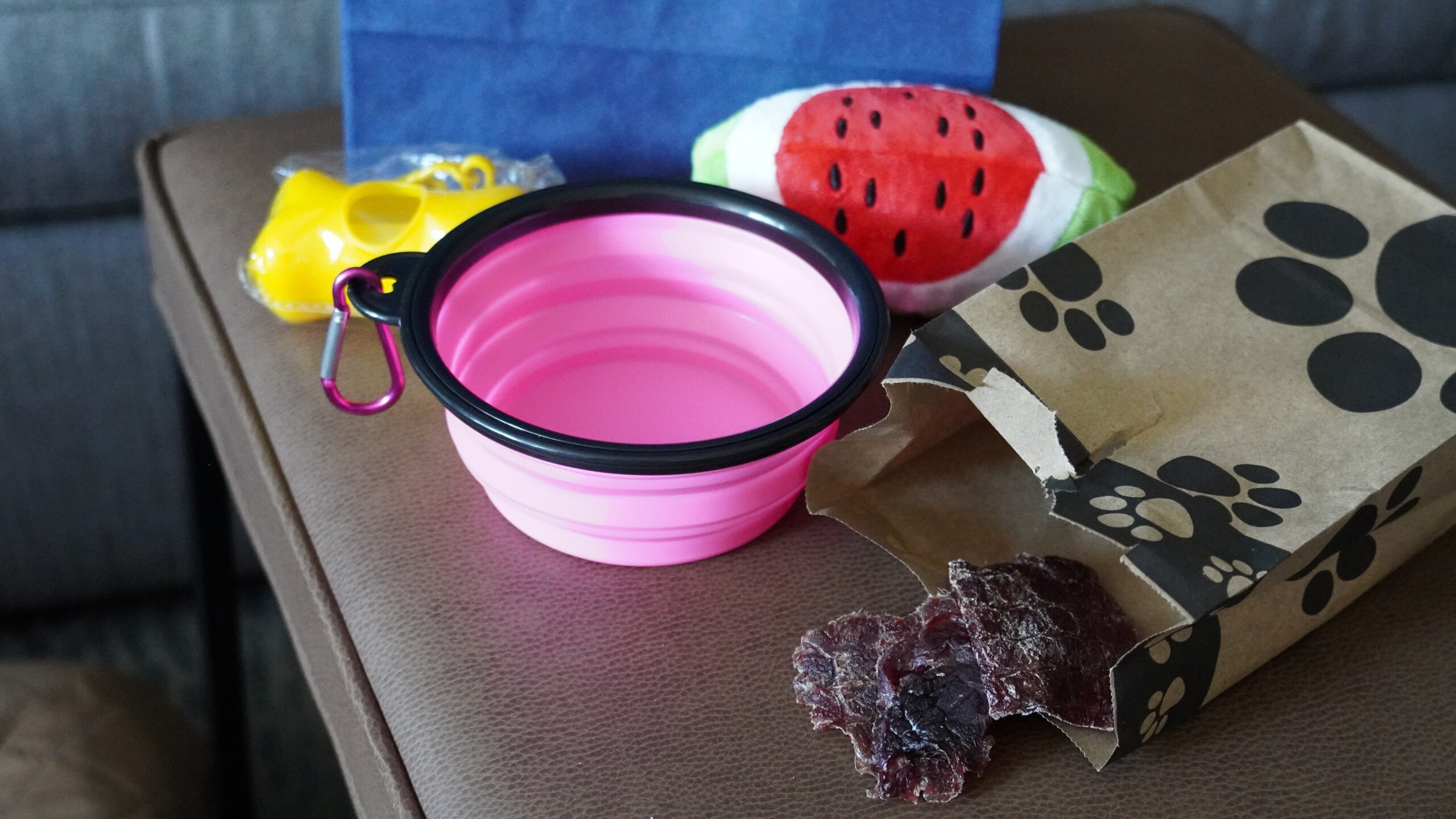
The James New York – NoMad – New York City
Guests can experience sanctuary and scene at The James New York – NoMad, located on the corner of 29th Street and Madison Avenue, near iconic Madison Square Park and the Flatiron District. Visitors step into the calming energy of The James and leave the hustle and bustle behind in this urban retreat, including man’s- and woman’s-best-friend with dog-friendly amenities such as plush beds, water/food bowls and calming spray/natural paw balm. The 337-room luxury boutique hotel is infused with local culture and intuitive touches inspired by the community it calls home. With its convenient and central location, visitors can leave for the best of the city including Madison Square Park and Eataly, Macy’s Herald Square, The Flatiron Building, Union Square and wonderful restaurants and world-class shopping.
Kimpton Cardinal Hotel – Winston-Salem, NC
Your guest room mini bar is stocked with “Bowser Beer” for pups and a special puppy ice cream available on request year-round. For the month of August, the hotel’s ground-floor restaurant, The Katharine Brasserie & Bar, has a pet-friendly patio offering pups free “Puppuccinos on the Patio.”
Kimpton George Hotel – Washington D.C.
The George and the Kimpton Monaco Hotel (Penn Quarter) are encouraging furry friends to strike a pose on their “Pet, Step & Repeat” available the entire month of August. The doggy backdrop will be set up in each hotel’s lobby with a selection of pet props and costumes. Pet parents can snap pics of their pups to hang in their personal portrait gallery. Hotel Monaco’s cocktail bar & restaurant, Dirty Habit DC, also has a pet-friendly patio with water bowls to accommodate four legged companions.
DOGGY HOTEL ESSENTIALS
Built Nightsafe Leash– Built sturdy, with clean lines, this leash has what you need and want for walks around your hotel or trail. You’ll love the swivel clip attachment that you can use with the matching collar and the D ring on top you can uses to hook a poop bag, but the best feature is the extra handle that allows you to shorten your hold for extra control. Both padded handles feel great in your hand and the patent pending NightSafe™ reflective webbing adds a touch of style and glow when you need a late night outing.
Ruffwear Bivy Collapsible Dog Bowl – Never trust that the ice bucket or bowls will be in your hotel room when you need them. Carry your own collapsible bowl for Fido. As cool as those little bowls are that pack into their own pouch, you gotta love a sturdy bowl that doesn’t flop around while your dog is drinking. The Bivy’s height adjusts depending on how shallow you want it and then it collapses flat for easy packing.
Free Country Dog Rain Coat – It’s not that you need to worry about your dog getting wet but everything around him that will get drenched and smelly when he gets back to your room. Now you can protect him with this waterproof rain jacket and hood. It even has a cozy butter pile lining perfect for colder days. Hook-and-loop fasteners ensure the right fit for Fido, and quick access leash port make it easy to take on and off.
